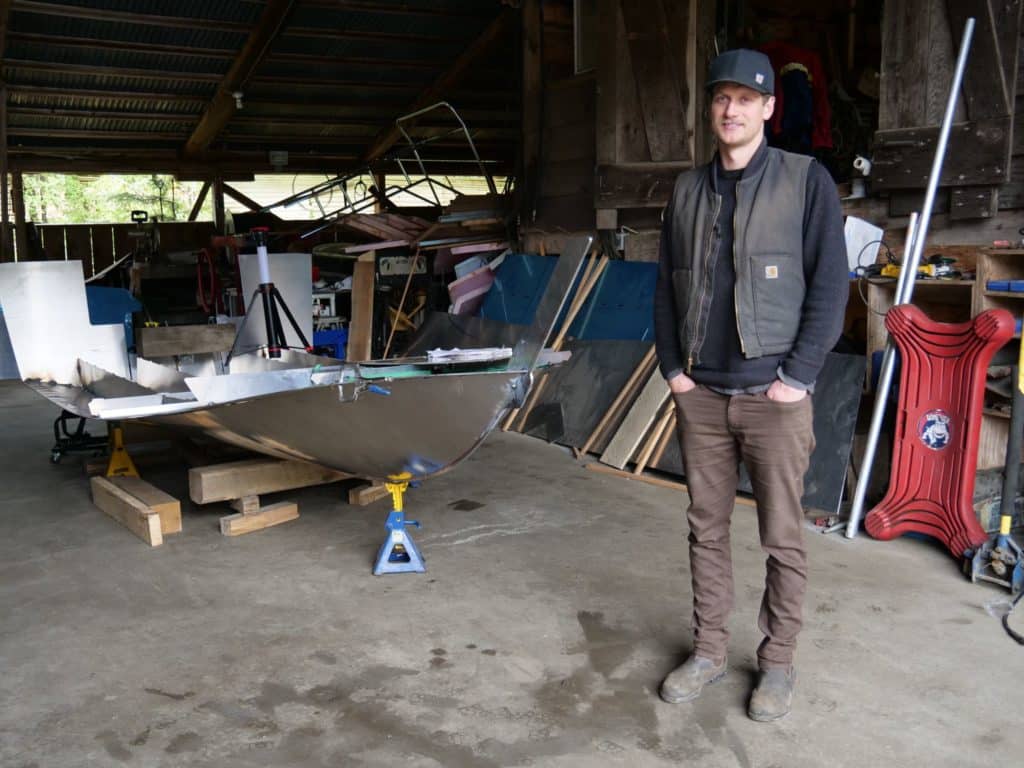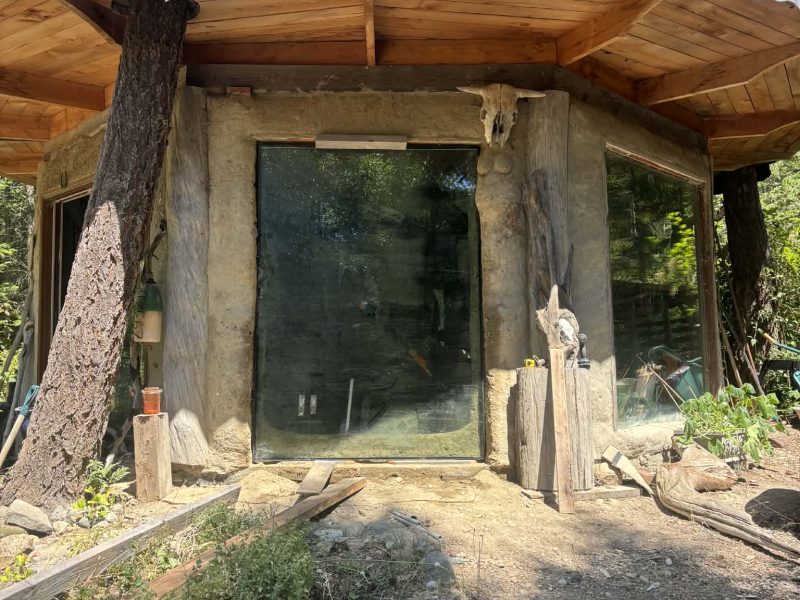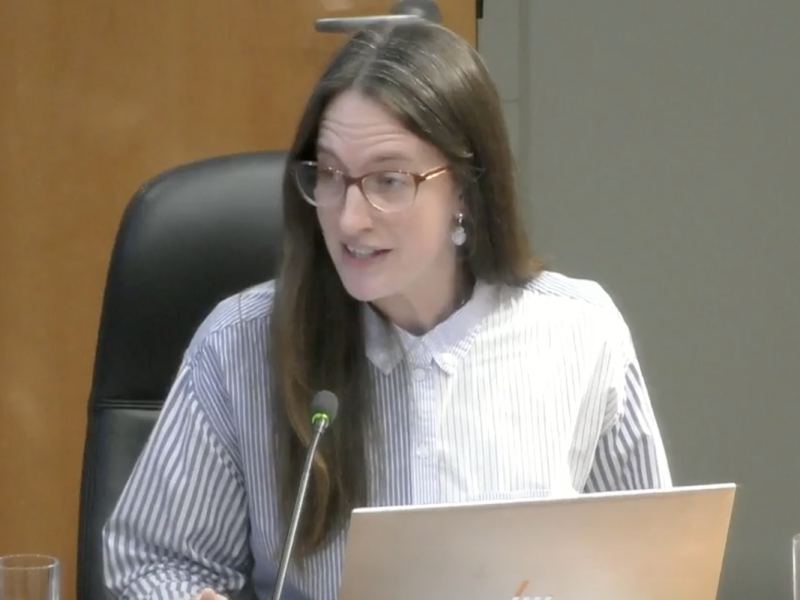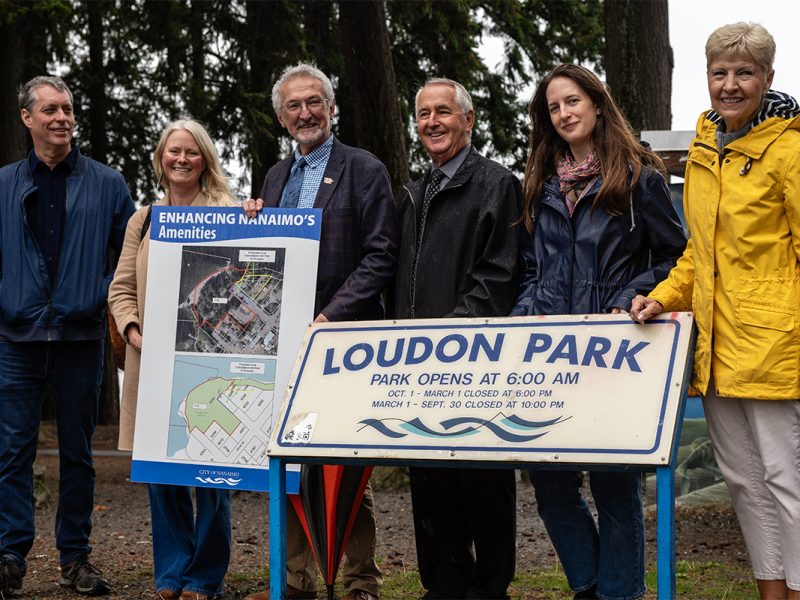
Seeking a new perspective on the global climate crisis, independent filmmaker Jack Hampton spent the summer kayaking the Pacific Northwest to elevate the voices of residents on how society can coexist with nature in a sustainable way.
His documentary, Paddling the Margins, aims to share a whole-hearted approach to sustainability and amplify communities’ voices on what actions can be taken to create a more environmentally and socially balanced future.
But the 2,000-kilometre paddle from southern Alaska to Seattle wasn’t the intimidating part for Hampton. It was filming his adventure as he went along.
“I was more secure in my experience and ability as a paddler, but filmmaking, that was new and exciting,” he says. “I’ve been supported at home by a few filmmakers who have offered their expertise for free to provide training to me.”
Home for Hampton is Britain. He took a six-month sabbatical from his job working on sustainability policy with the United Kingdom government to produce the documentary.
Back home, Hampton believes the narrative around sustainability is too heavily focused on technology in the hope that people can continue the same culture of consumption with a less detrimental effect on their environment.
“It was lacking a bit of that wider conversation about a change in culture and a change in the relationship with people to their place in their environment,” he adds.
So Hampton sought out communities that are approaching sustainability differently, and what better place than along the rugged Pacific Northwest. “The environment is more hostile, so people have to live with their environment more than just dominate it,” he says.
“There is a number of different approaches to the environment on this coast. You have millennia-old engagement with the land from the First Nations communities and a culture of stewardship there, but you also have a settler nation that’s only a couple of hundred years old, and which was largely built in this case around resource extraction.”
Hampton chose to kayak for the project as it was the most financially and environmentally viable option. His kayak also allowed him to travel to remote areas along the coast. He bravely hauled his camera gear in the kayak with his small crew across the open waters.
For the documentary, Hampton deliberately sought out interviews with people who were pro-industry to balance both perspectives. “Talking to people from a resource extraction background, you’re not just going to get an environmentalist’s perspective, you’re going to get a picture of what the trade-offs are and about the impact on culture, the impact on the economy, the impact on industry, and on young people,” he says.
Most of his interviews in this region were with people living on small island communities off Vancouver Island, like Lasqueti and Gabriola Island.
Hampton interviewed people associated with the Greenways Trust Conservation, a charity based in Campbell River, and other environmental experts.

Hampton was surprised by the wealth of knowledge he learned from regular people he met along his journey. “The people I’ve spoken to are experts, but they wouldn’t be conventionally seen as consultants or academics. They could teach a huge amount about being stewards of the environment and managing the resources that they live around or have ownership of in a more sustainable way,” says Hampton. “We don’t need to reinvent the wheel. There’s a lot of answers already there.”
When visiting islands like Lasqueti, a completely off-grid community, Hampton says the romantic idea of living off the land had vanished for him and he realized how innovative and resourceful people living on remote islands need to be.
The necessity for survival is at the forefront, and the bulk of each day is taken up by producing food, maintaining power systems and preparing for the winter months.
“The people who live in British Columbia generally have a much higher practical skill level than what the average Brit would have,” he adds. “A big lesson is if you want a culture to develop where reusing and recycling is common, then that requires the knowledge and skills for people willing and able to repair things.”
On Lasqueti, Hampton had the opportunity to meet up with former legal counsel to Greenpeace, a University of British Columbia professor in forest ecology, and an archaeologist. Despite only having a population of about 400 residents, Lasqueti is home to a large population of artists, engineers, loggers, tree planters, and doctors.

Hampton said many people he interviewed shared the view that community-based resource management was the best way forward.
“I thought it was really heartening and reassuring that people whose whole heritage might have been logging had the same solutions and views on what the future of environmental protection on the island should be as hardened environmentalists,” he says.
Hampton says he heard immense criticism towards big corporate interests in resources like forestry and fishing of the coast. “People felt the hand of government in providing those types of environmental protection measures was weak because they were too close to the corporate interests,” he adds.
For instance, the largest ongoing non-violent protest in Canada unfolding in Fairy Creek has cost taxpayers more than 10 million dollars in police enforcement. Despite advertising campaigns from the provincial government prioritizing the protection of old-growth forests, some of these intact ecosystems continue to be logged.
Hampton stresses that it’s not about quantity of what’s being protected or harvested, but the quality as well. “I heard a resounding message of what is the trade-off of these resources? If we are only judging value as economic like export value, then we are not going to make progress. If we look at other types of value to the community — like ecological and environmental and long term value for future generations — then we can make better decisions.”
Resource extraction can directly benefit local people. For instance, the Tla-o-qui-aht First Nation on the west coast of Vancouver Island has leveraged the abundance of rainfall in the area to create small hydropower facilities.
Related: Saving the Red Gate forest
Hampton interviewed Michelle Corfield in Nanaimo, who consults on project management services through a First Nations lens. “From the First Nations perspective, decisions are made at the community level,” she says. “Communities have more voice in the local areas in those ecosystems. Where we find the disconnect is when you have the federal or provincial government making decisions that have tremendous impacts locally, on the environment, but they are not making the decision from a place based approach.”
“It is difficult, and almost impossible, to understand what the best choices are to make when a person isn’t directly affected by the consequences,” she adds.
“People weren’t advocating the breakup of large holdings and local management in the absence of central regulation on the environment, it was in addition to central regulation and further tightening of environmental measures. That was one area of trade-offs,” says Hampton.

Through discussions, Hampton found that turning over decision-making to local communities would need to occur from a socially and economically secure place to ensure valuable resources would not be over-exploited to deal with the urgent need for jobs or housing.
From his interviews, Hampton concludes that there needs to be a wider effort to improve social supports like access to housing and education in those communities, so decisions can be made without the weight of survival and suffering.
One of the trade-offs Vancouver Island needs is to find a better balance between tourism and the environment. The natural beauty of the island is what makes it a desirable tourist destination, and Hampton says the people he spoke with shared the desire for a stewardship approach. “Today when I paddled… I encountered a pod of killer whales, and within minutes, we had nine whale-watching boats ringing them on all sides,” says Hampton. “We saw the same pod later on. I don’t know if they were ever alone that day.”
But when asked about the biggest threats to the places they live, people interviewed didn’t immediately think about the environment. “The most common answer I got was about housing, the availability of affordable housing, the cost of living and price of land,” says Hampton. With housing positioned as a lucrative investment, rather than a right, the concept of living simple and “island life” is becoming increasingly reserved for people with high incomes.
Hampton wrapped up his voyage through the Pacific Northwest in August, ending his trip in Seattle to wrap up his 93 day adventure. His plans are to complete the film within 18 months and begin to show it in film festivals. He hopes the documentary will inspire communities to take a deeper look at environmental management and become better stewards of the land they live in.




